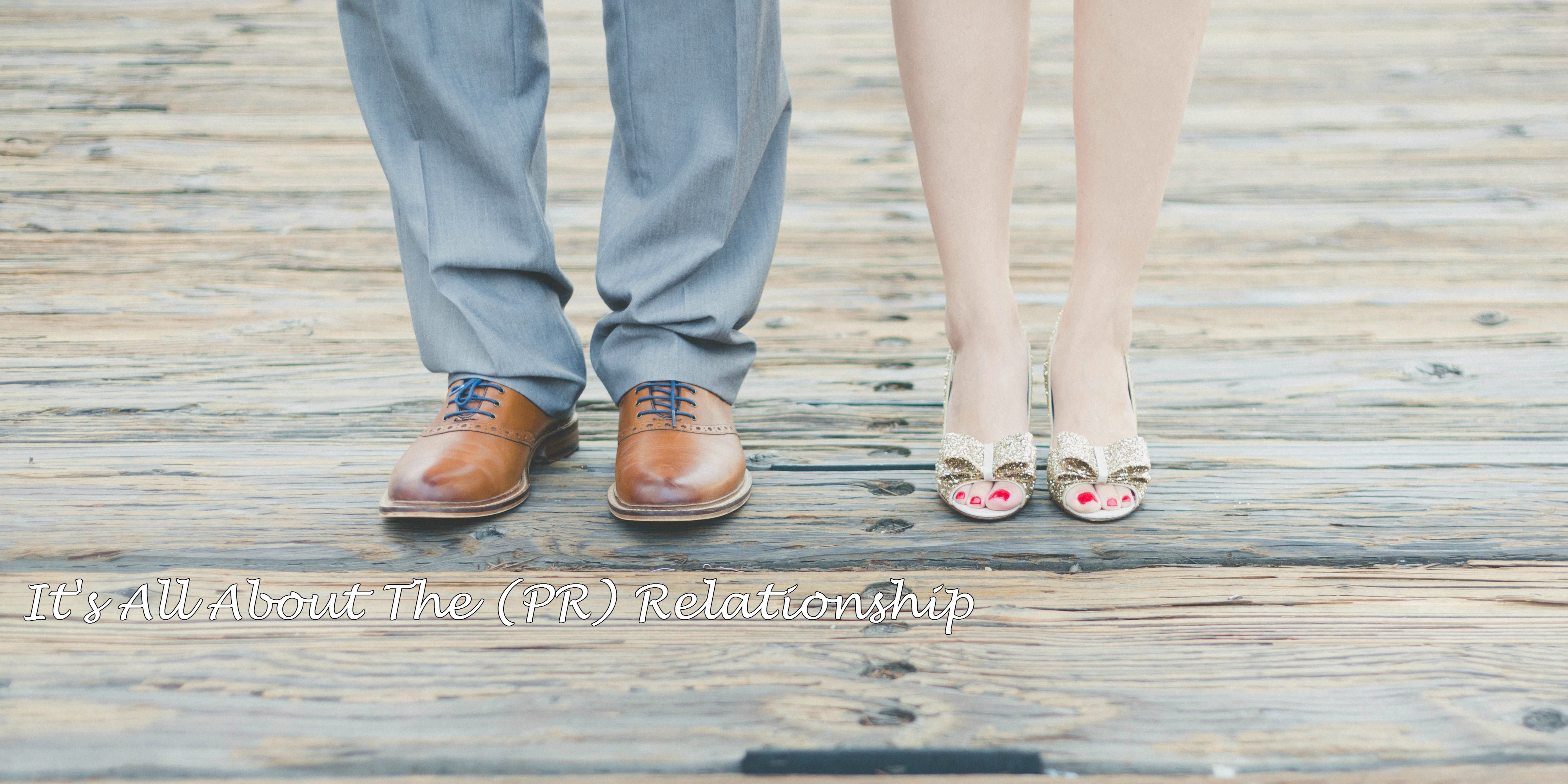The media tour has been around for nearly as long as the PR industry. It helps build relationships between a brand spokesperson and multiple journalists over a short period of time. The term is a little misleading, however. It dates back to the days when authors would travel from city to city to promote a new book in a blitz of media interviews, or when celebrities push a film to 20 cities in an afternoon of local TV chats via satellite. Today most media tours aren’t exactly like that. They happen when we set up back-to-back in-person meetings between an expert and carefully selected reporters who find his story particularly relevant.
There are many reasons why media tours have survived so long. Maybe an executive is based overseas but will be in the U.S. for a short time. Or perhaps a spokesperson with unique expertise is available on a limited basis. Often these meetings serve more of an introduction than a formal interview, but the tour may also be centered around specific industry news, like a new product or executive change. Here are some tips to keep in mind to ensure a successful media tour, whether in-person or virtually.
Manage expectations on both sides
Make sure the nature of each meeting is clear – whether it will be a casual background conversation or a formal, on-the-record interview for a specific story angle. There should be no confusion between the reporter and the spokesperson, who should be prepared with sample questions and background on the journalist (see below). During the meeting, individual PR reps may operate in different ways, but in general, the PR person is there to observe, occasionally steer the conversation, but not to have an active role in the discussion. Of course, we need to be prepared to jump in if things go off-course, or if the spokesperson needs help in reponsing or obtaining data.
Put thought into scheduling
Be sure to schedule meetings with attention to detail. If the tour’s goal is to introduce a brand executive from overseas to U.S. media, be mindful of jet lag and cultural differences — even on Zoom. Don’t plan meetings too closely together unless the spokesperson is very experienced or the schedule requires it. Be discreet when arranging interviews with publications that compete with one another to avoid awkward moments. Also, remember that no matter how much thought you put into prep for a schedule of meetings, things will go wrong in small ways. Journalists will run late or cancel, security lines for office buildings may be long, technology will fail, or Ubers may not show. Be flexible, build in extra time, and make sure your phone is charged and its address book holds the contact information for all relevant parties.
Overprepare
Although some media tours are set up as a general introduction, all spokespersons should be prepared with the full background of the journalist involved, the media outlet’s orientation and history, and the interviewer’s goals. A sample Q&A is always advisable, even if the two already know one another. We typically prepare a full briefing doc beforehand. In addition to helping the conversation flow, it’s useful to keep certain topics top-of-mind so the interviewee won’t be caught off-guard. The most successful media meetings occur when there’s a dynamic conversation and flow between the spokesperson and reporter.
After a successful media meeting, the reporter is far more likely to have the organization and spokesperson on their radar and to reach out for future stories. In this way, in-person chats are invaluable. We can’t wait to return to that old-fashioned way to meet!







